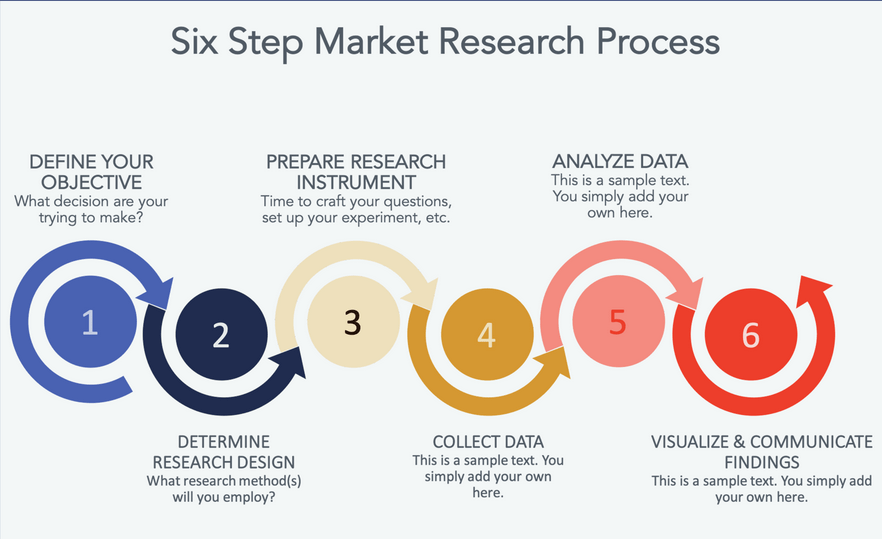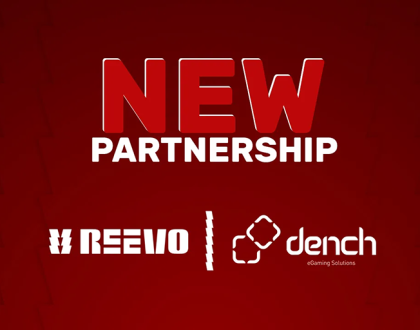How to Conduct Market Research to Better Understand Your Target Audience’s Needs and Preferences

Market research is the process of gathering and analyzing information about a particular market or industry. It is an essential tool for businesses of all sizes, as it allows them to gain insight into their target audience’s needs, preferences, and behavior. By conducting market research, businesses can make informed decisions and improve their products, services, and marketing strategies.
Introduction
Market research is a vital component of any successful business strategy. It involves gathering and analyzing data to gain insights into customer needs, preferences, and behavior. This information can then be used to inform decisions about product development, pricing, marketing, and more.
Step 1: Define Your Objectives
Before conducting market research, it’s important to define your objectives. What do you hope to achieve by conducting this research? Are you looking to develop a new product, improve an existing product, or better understand your target audience’s behavior? Once you have a clear understanding of your objectives, you can begin to identify your target audience and tailor your research methods accordingly.
Step 2: Choose Your Methodology
There are two main types of market research: primary and secondary. Primary research involves gathering data directly from your target audience, while secondary research involves analyzing existing data from external sources.
Primary research methods include surveys, interviews, and focus groups. Surveys are a cost-effective way to gather data from a large sample size. Interviews are more in-depth and allow for more detailed insights. Focus groups involve gathering a small group of people to discuss a specific topic in a structured setting.
Secondary research methods include analyzing existing data from sources such as government reports, industry publications, and competitor websites.
Step 3: Conduct the Research
Once you have chosen your methodology, it’s time to conduct the research. Surveys can be conducted online, over the phone, or in person. Interviews can be conducted in person or over the phone. Focus groups are typically conducted in person.
When conducting research, it’s important to ask open-ended questions to encourage participants to share their opinions and insights. It’s also important to ensure that your sample size is representative of your target audience to ensure accurate results.
Step 4: Analyze the Data
After collecting the data, it’s important to organize and analyze it. This can be done through data visualization tools, such as graphs and charts, to identify trends and patterns. It’s important to interpret the results objectively and draw meaningful conclusions that can inform business decisions.
Step 5: Use the Findings to Improve Your Business
The final step is to use the findings from the research to improve your business. This can involve implementing changes to your product or service based on customer feedback, adjusting your marketing strategy based on audience preferences, or improving customer service based on identified pain points. It’s important to continuously monitor and evaluate the results of these changes to ensure their effectiveness.
Conclusion
Conducting market research is an essential tool for businesses looking to better understand their target audience’s needs and preferences. By defining your objectives, choosing the right methodology, conducting the research, analyzing the data, and using the findings to improve your business, you can make informed decisions that drive growth and success.
FAQs
- What is market research?
Market research is the process of gathering and analyzing information about a particular market or industry to gain insights into customer needs, preferences, and behavior. - What are the benefits of market research?
Market research allows businesses to make informed decisions and improve their products, services, and marketing strategies based on customer feedback and insights. - How do I determine the purpose of my research?
To determine the purpose of your research, you should identify your objectives and what you hope to achieve by conducting the research. - What are primary research methods?
Primary research methods involve gathering data directly from your target audience through methods such as surveys, interviews, and focus groups. - What are secondary research methods?
Secondary research methods involve analyzing existing data from external sources such as government reports, industry publications, and competitor websites. - How do I conduct surveys? Surveys can be conducted online, over the phone, or in person and should be designed with open-ended questions to encourage participants to share their opinions and insights.
- How do I conduct interviews?
Interviews can be conducted in person or over the phone and should be structured with open-ended questions to encourage participants to share their opinions and insights. - What are focus groups?
Focus groups involve gathering a small group of people to discuss a specific topic in a structured setting. - How do I organize the data from my research?
Data can be organized through data visualization tools such as graphs and charts to identify trends and patterns. - How do I interpret the results of my research?
Results should be interpreted objectively and conclusions drawn that inform business decisions. - What should I do with the findings from my research?
Findings should be used to improve your business by implementing changes to your product or service based on customer feedback, adjusting your marketing strategy, or improving customer service based on identified pain points. - How do I implement changes based on the research?
Changes can be implemented based on the findings through product development, marketing strategy adjustments, or customer service improvements. - How do I monitor and evaluate the results?
Results should be continuously monitored and evaluated to ensure their effectiveness. - How often should I conduct market research?
Market research should be conducted regularly to stay up-to-date with customer needs and preferences. - What are some common mistakes to avoid in market research?
Common mistakes to avoid include biased survey questions, a sample size that is not representative of the target audience, and not interpreting results objectively. - How much does market research typically cost?
The cost of market research varies depending on the methodology used and the size of the sample. It can range from a few hundred dollars for a small survey to tens of thousands of dollars for a larger research project.
- How long does market research typically take?
The length of time it takes to conduct market research depends on the methodology used and the size of the sample. It can range from a few days for a small survey to several weeks or months for a larger research project. - Can I conduct market research myself, or should I hire a professional?
Market research can be conducted by businesses themselves, but it’s often more effective to hire a professional market research firm that has the expertise and resources to conduct research effectively. - How do I ensure the accuracy and reliability of my research?
To ensure the accuracy and reliability of your research, it’s important to use a representative sample size, avoid biased questions, and conduct research in an ethical manner. - How do I ensure that my research is ethical?
To ensure that your research is ethical, it’s important to obtain informed consent from participants, protect their privacy and confidentiality, and avoid any actions that could cause harm to participants.
Recommended Posts

REEVO Partners with Dench eGaming Solutions
May 20, 2024

Overview of Business Finance in Malta
May 17, 2024

How to Start Your Malta Business Journey
May 17, 2024

